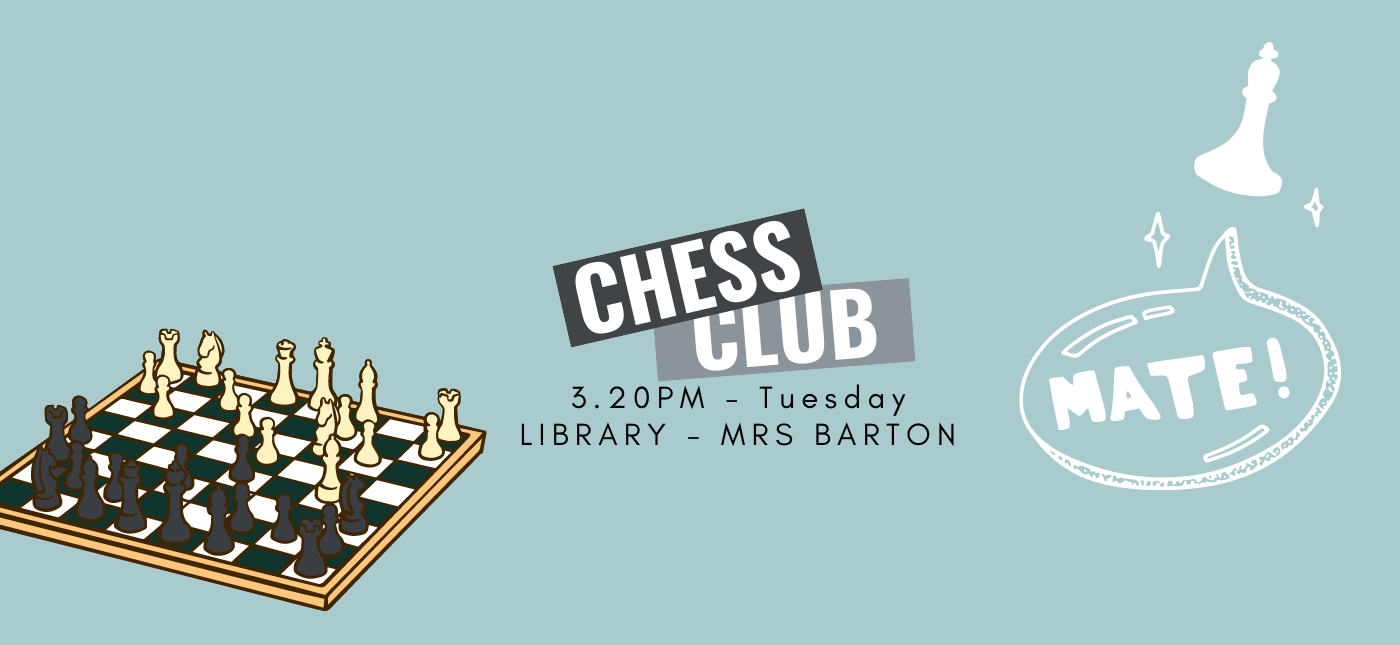To the Battlefield!

Mrs. Coates gives a great account of the Battlefields Trip 2012
At 7.00 a.m. our group for this year’s trip met up at school to load the coach. This is always a shock to the system, almost as shocking as the weight of Miss Holland’s bag. Knowing we were not flying on this trip, she and others, myself included, took the opportunity to pack for all eventualities. More shocking, though not surprising, was the fact that Mr Potts came to school early to wave us off and ensure we had everything we needed!
I have to confess that for me the coach trips are very soporific; so all I can say is, I slept very well until Warwick, our first stop! Judging by how quiet the coach was, so did the lads on the trip!
We waved goodbye to the white cliffs of Dover – singing to the song made famous by the forces sweetheart, Vera Lynn, and arguing over the lyrics. Somehow, this was quite apt considering the sites we would see on our tour.
By 9.30, we had reached our Hotel and settled down for a quiet night to get over the long journey and get ready for an early start.
For those who have not been on a History trip before, the packed lunch provided by Varsity travel is something to behold. Our guide for the trip, Raoul, organised a baguette production line of meats, cheese, smoked salmon, crisps biscuits, fruit, drink and his speciality salad bowl. We would need it after our busy day!
Our first full day was spent in Ypres, or “Wipers” as the British troops of the First World War called it. We began with a visit to Hooge Crater. This was the scene of ferocious fighting and is the place where the Germans first used flame throwers. We also got our first view of an original trench with some original duck boards and the zig zag effect was clear to see.
|
|
|
|
Searching for evidence of a tank in the Hooge crater |
Original duck boards and corrugated iron of the trench |
This was followed by a trip to Sanctuary Wood trenches and museum where our boys could see and walk in the best preserved trenches in the region. Our lads particularly enjoyed the tunnels which made up part of this line. Wellies were the order of the day and made our lads understand what caused the infamous trench foot suffered by troops in the First World War. The area had been completely left as it was – trees had re-grown and shell holes grassed over, though they presented a moon-like crater surface. The museum was most interesting with lots of artefacts, but probably of greatest interest were the viewing booths, showing amazing three dimensional photographs illustrating the hardships faced by the soldiers.
|
|
|
|
Zig zag effect was clear to see |
Trench foot was an occupational hazard in the wet trenches |
After our picnic lunch, we headed off to our first military cemetery of the trip, Tyne Cot. This is the largest British military cemetery in the world and is designed in the style of an English garden. It marks the site of some of the most fierce fighting and miserable conditions during the battle of Paschendale in 1917. The mud of Paschendale was notorious and led to a British officer sent to find out what the dreadful smell of what turned out to be rotting corpses, to remark “my God, did we really send men to fight in this?” It holds many thousands of graves and the back wall holds the names of many soldiers with no known graves. The list continues on the Menin gate in Ypres. On our trip, we saw many cemeteries, immaculately kept, often in what appears to be the middle of nowhere. As cemeteries were built where men fell, it gave our boys a sense of where the battlefields were. The most impressive included Thiepval memorial, dedicated to those who lost their lives on the Somme and who have no known grave. At this memorial, which can be seen from quite a distance away; one of our boys discovered one of his ancestor’s name inscribed on the monument. This was a poignant moment and reminded our boys that each name represented a real person. Equally impressive were the monuments to the Newfoundlanders at the Beaumont-Hamel battlefield and the Canadian memorial which towers above the valley on the highest part of Vimy Ridge.
|
|
|
|
Impressive Tyne Cot, designed as an English country garden |
Dark and foreboding, the German cemetery |
For comparison purposes we visited the German cemetery at Langemark. Aside from the fact that the cemetery is much more cramped with graves often holding two or three bodies, the graves are not a clean white, but a dark grey granite which makes the site more foreboding and somewhat depressing. However, the stone came from Germany and seemed, therefore, as it should be.
|
|
|
|
A very moving experience at the Menin gate ceremony |
Thiepval – most impressive |
Our first full day ended with a bit of free time in Ypres, where I have never seen boys part with money quite so fast as they did in the chocolate shop we were taken to! After dinner in “The Island” restaurant where Flemish stew and fries was on the menu and thoroughly enjoyed by all, we attended the Menin gate ceremony. For me, this was a highlight of the trip and was an immensely moving experience. At 8.00 p.m., traffic through the gate is stopped and the last post played by volunteers from the local fire brigade. This ceremony has been carried out everyday for the past 80 years. I know Kieran and Vas were proud to lay a poppy wreath on behalf of Mosslands School as part of the ceremony.
We then visited Essex farm, where concrete dugouts used as dressing station between 1915 and 1917 are situated. It is here that Canadian medical officer, Colonel John McCrae wrote “In Flanders Fields”, perhaps the best known war poem, and which led to the poppy being adopted as the symbol of the British Legion.
|
|
|
|
This trip’s Karsh of Ottawa, Andy Mitchell, snapped in one of the dressing rooms at Essex farm. |
Headstones all together like this meant that all had perished at the same time usually by the same shell. |
The visit to these cemeteries actually made me understand more why people were so desperate not to have another war. We are sometimes rather scathing of the policy of appeasement during the 1930’s, but when you physically see the names of all these who lost their lives during the First World War, it somehow makes appeasement appear worth a try.
Well what a busy day! Needless to say, we were tired by the time we got back to the hotel after 9.00 p.m. No need to patrol the hotel corridor – all was quiet on the Western front!
On day three, we visited Wellington Quarry – the battle of Arras memorial. This underground tunnel network, dug by the New Zealand tunnellers linked to ancient tunnels and was used to house 24,000 soldiers in preparation for a massive offensive. Different branches of tunnels were named after places in Blighty, testament to the humour of the troops and contrasting sharply with the steps leading to the front lone where thousands met their deaths.
|
|
|
|
Tunnels remembering the battle of Arras. These steps led to the frontline, very poignant. |
Huge crater left by a shell that could be heard in London when it was detonated. |
At Beaumont Hamel, the boys were able to see an authentic section of the trench line associated with Newfoundlanders who were virtually wiped out in one attack there. No-man’s land, frontline, support and communication trenches can all be seen as can the craters caused by shells – History very much brought to life. A quick stop off to the Lochnagar Crater impressed our party. The crater was created by a land mine exploded during the launch of the huge Somme offensive. The explosion could be heard in London and apparently rattled windows across the Channel – an amazing sight.
To end our day, we had some light relief playing bowls. Just for the record, Miss Holland and I would like to give our commiserations to Mr Hepworth who we defeated soundly!
Day four was a day trip to Bruges, a beautiful city often referred to as the “Venice of the North”. The trip included a climb up the Bruges bell tower and a trip on the canals, culminating in a visit to a chocolate factory. Bruges is a chocolate lovers’ paradise and our lads enjoyed the free tasting chocolate fountain.
On our way home from Thiepval, we took a slight de-tour to visit a small monument dedicated to the Liverpool and Manchester pals, local lads who all joined up together, fought together, and in many cases, died together.
|
|
|
|
Remembering local lads, the Liverpool and Manchester pals. |
Posing whilst waiting to ascend the Bruges Bell Tower. |
As usual, our boys were absolutely fantastic on this trip. Raoul, our trusty guide, was impressed with their questions and answers, and with their respectful conduct, particularly around the many monuments. Boys were good humoured and, most importantly, allowed me to get my sleep at night. We could not have asked for a better bunch of lads.
Here’s to the next trip!

The team at one of the many memorials at Beaumont Hamel Battlefield

































